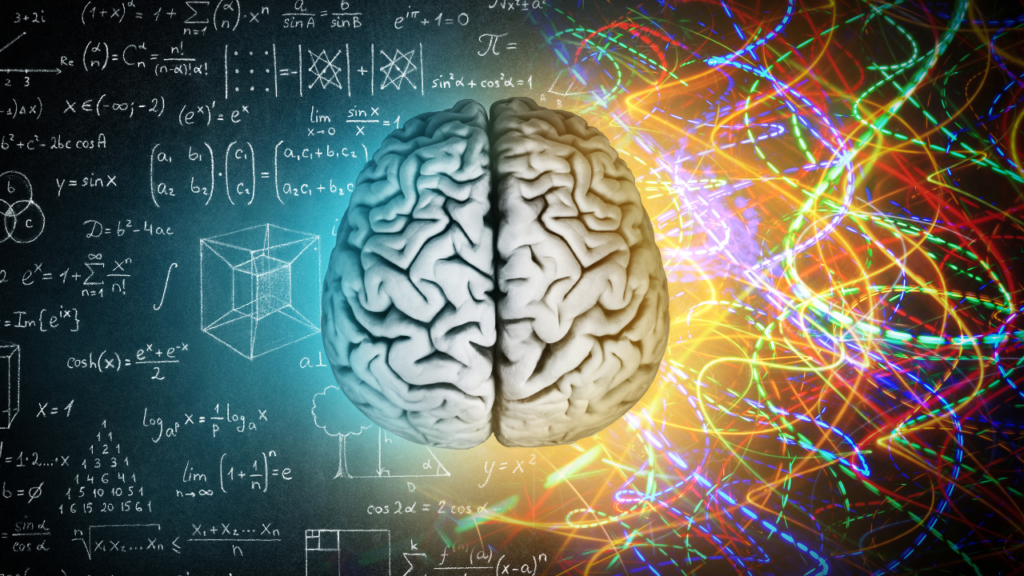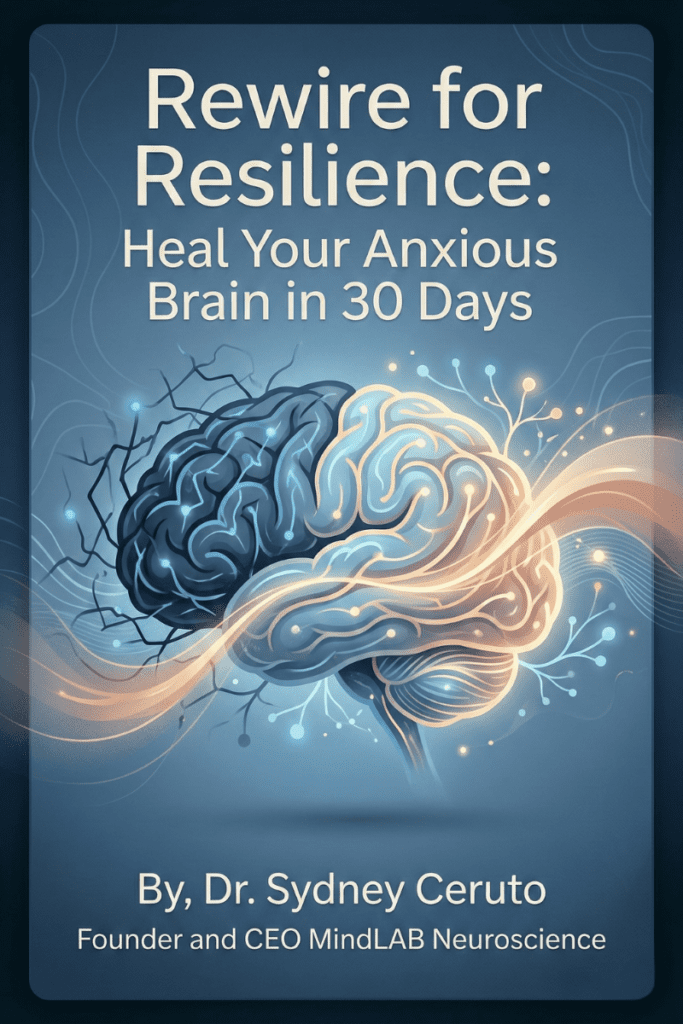The brain is a complex organ with different regions responsible for specific functions. Understanding these areas can provide insights into how the brain works and influences our thoughts, emotions, and behaviors. In this guide, I will explore the four major areas of the brain and their respective functions.
Four Major Areas of the Brain
The Cerebrum: Responsible for higher cognitive functions such as thinking, memory, and language.
The cerebrum is the most significant part of the brain and is divided into two hemispheres, the left and right. It is responsible for higher cognitive functions such as thinking, memory, language, and problem-solving. The left hemisphere is typically associated with logical and analytical thinking, while the right hemisphere is more involved in creativity and intuition. Different lobes Within the cerebrum, including the frontal lobe, parietal lobe, temporal lobe, and occipital lobe, play a role in other aspects of cognition and perception. Understanding the functions of the cerebrum can help us better understand how our brain processes information and influences our behavior.
The frontal lobe, located at the front of the cerebrum, is responsible for executive functions such as decision-making, planning, and problem-solving. It also plays a role in personality and social behavior.
The cerebrum is the most significant part of the brain and is divided into two hemispheres. Each hemisphere is further divided into four lobes: the frontal lobe, parietal lobe, temporal lobe, and occipital lobe. As mentioned earlier, the frontal lobe is responsible for executive functions—the parietal lobe processes sensory information, such as touch and spatial awareness. The temporal lobe is responsible for auditory processing and memory. The occipital lobe is primarily responsible for visual processing. Together, these brain areas work in harmony to allow us to think, remember, communicate, and interact with the world around us.
The Cerebellum: Controls coordination, balance, and motor skills.
The cerebellum coordinates and controls movement, balance, and motor skills at the back of the brain. It receives information from the sensory systems, the spinal cord, and other brain parts to help regulate and fine-tune motor movements. The cerebellum is crucial in maintaining posture, coordinating voluntary activities, and ensuring smooth and precise muscle control. Damage to the cerebellum can result in difficulties with coordination, balance, and motor skills, leading to problems with walking, speaking, and everyday tasks. Understanding the functions of the cerebellum can provide insights into how our brain controls and coordinates our physical movements.
The cerebellum is often called the “little brain” because of its size and appearance. Despite its small size, it plays a vital role in our daily activities. One of its primary functions is to coordinate and control movement. It receives information from the sensory systems, such as the eyes and ears, as well as from the spinal cord and other parts of the brain.

The Limbic System: Manages emotions, motivation, and memory formation.
The limbic system is a complex network of structures deep within the brain. It is responsible for regulating emotions, motivation, and memory formation. One of the critical structures within the limbic system is the amygdala, which plays a crucial role in processing emotions and generating emotional responses. The hippocampus, another important structure, forms and retrieves memories. These structures work harmoniously to help us experience and process emotions and form and recall memories. Understanding the limbic system’s functions can provide valuable insights into how our feelings and memories are regulated and help us better understand ourselves and others.
The limbic system is a vital part of the brain that manages various functions related to emotions, motivation, and memory formation. It consists of several interconnected structures, including the amygdala and the hippocampus. The amygdala is responsible for processing emotions and generating emotional responses. It helps us recognize and respond to fear, anger, and other emotions. On the other hand, the hippocampus is involved in forming and retrieving memories. It helps us remember past events and experiences. These structures work together to regulate our emotions and store and recall memories. By understanding the limbic system’s functions, we can better understand how our feelings and memories are managed and how they impact our daily lives.
The Brainstem: Regulates essential functions like breathing, heart rate, and sleep.
The brainstem is a vital part of the brain that controls many essential functions necessary for survival. Located at the base of the brain, it connects the spinal cord to the rest of the brain and regulates critical processes such as breathing, heart rate, and sleep. It also plays a role in controlling blood pressure, digestion, and body temperature. Without the brainstem, our bodies could not perform these automatic functions necessary for survival. Understanding the importance of the brainstem helps us appreciate the complexity and intricacy of our brain’s control over our bodily functions.
The brainstem is divided into three central regions: the medulla oblongata, the pons, and the midbrain. The medulla oblongata controls vital functions such as breathing, heart rate, and blood pressure. It also helps regulate reflexes such as coughing, sneezing, and swallowing. The pons bridges the medulla oblongata and the rest of the brain, relaying information between different brain parts and coordinating movements. The midbrain controls eye movements and auditory and visual processing and regulates sleep and wakefulness. The brainstem is a crucial part of the brain that ensures our essential bodily functions function correctly.
#brainregions #neuroscience #brainfunction #brainanatomy #brainresearch #brainhealth #brainpower #braindevelopment #braindisorders #brainneurology #brainmapping #brainplasticity #braincognition #brainmemory #brainlearning #brainintelligence #brainemotions #brainattention #brainlanguage #brainperception





